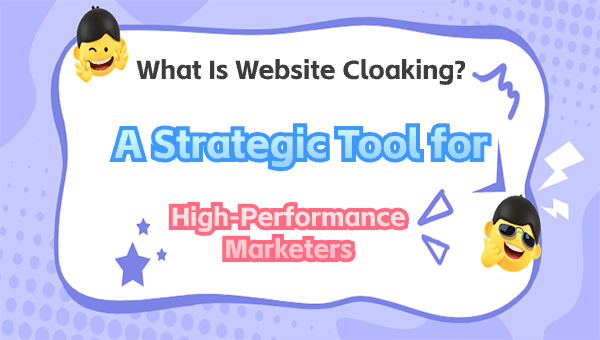What Is Website Cloaking? A Strategic Tool for High-Performance Marketers
In today’s fiercely competitive digital marketing space, Website Cloaking has emerged as a powerful — and often misunderstood — strategy. For marketers who demand control, flexibility, and conversion, cloaking can unlock a hidden layer of optimization when used responsibly.

What Is Website Cloaking?
Website cloaking is a technique used to deliver different content to users based on who they are — or more specifically, how they are identified by the server. This often includes:
Showing a clean, indexable page to search engine crawlers
Redirecting real human users to a sales page, quiz funnel, or landing page
Blocking bots, competitors, or fraud traffic from viewing sensitive content
How Does It Work?
Cloaking engines typically detect:
IP address and proxy types
User-Agent and browser signatures
Geo-location and device type
Click behavior and referral sources
Once identified, the user is shown either the default content or redirected to another page — all happening instantly without disrupting the user experience.
Is Cloaking Ethical?
It depends entirely on the intent and the execution. If you're using cloaking to mask malicious behavior or mislead users, then yes, it's unethical and will likely get penalized.
However, if you're using cloaking to:
Pass platform audits
Customize content by region
Prevent click fraud
Deliver compliant ads in sensitive niches
Then it's a strategic deployment of technology — not deception.
Why Use AdCloaking?
Platforms like AdCloaking.com offer robust cloaking systems with:
Advanced rule sets
Real-time bot detection
ISP-level filtering
Full user behavior logs and customizable redirects
Final Thought: Website Cloaking is not for everyone. But for serious marketers who know how to operate responsibly and strategically, it can mean the difference between stagnation and exponential growth. Visit AdCloaking.com today and discover how to cloak with confidence.
